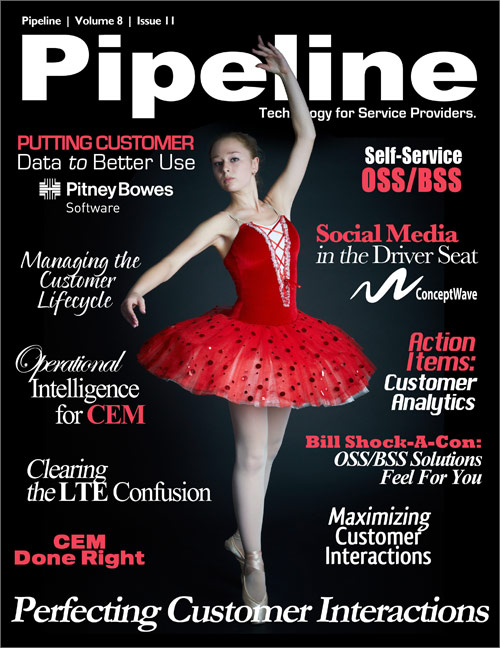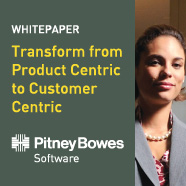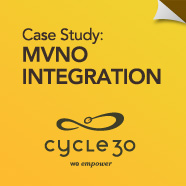Reach Out and Touch Me
How CSPs are interacting with their customers is changing. In recent months, Ovum took a close look at how CSPs are spending on CEM across various customer service channels, noting that, "operators have indicated that approximately 50% of their overall CS budget is spent on contact centers, while 30% goes to retail stores, 15% to portals, and 5% to social media."
The same research found, though, that CSPs are improving customer service efficiencies. Among tier-one service providers in mature markets worldwide, all telcos reported spending less on overall customer service activities in 2011. In fact, by eliminating the cost of failure across all channels, one operator reported a 45% savings over three years.
Even when efficiencies are realized and problems are proactively identified, customer issues will arise. That is where proactive customer contact is paying off. A study commissioned by Comptel found that simply apologizing for a mistake goes a long way. Whether dropped calls, low bandwidth, or slow file loading, "the majority (72 percent) of consumers agree that if their mobile operators apologized and sent special offers, it would make up for the poor QoS and would increase their loyalty."
The Right Recipe
It may sound simple, but the right recipe for CEM is one that is truly based on what customers want. In practice, this is anything but simple. Since customer needs vary (regionally, temporally, financially, and functionally), and since different groups of customers have different needs, there is no "one-size-fits-all" approach. Whether it's accomplished by social media analysis, focus groups, multi-platform data contextualization, commercial CEM suites, or a combination of strategies, divining customers' real needs is paramount.


For example, different customer groups have different needs throughout different points of the customer lifecycle. A recent study commissioned by Comptel found that, "consumers who have been with their mobile operator for less than a year were more likely to base their selection decision around download speeds, whereas those who have been with their mobile operator longer are more likely to stick with them because of ease." This kind of insight is crucial to shaping CEM solutions.
Uncovering customer insight can mean thinking big. In November, AT&T launched the one-of-a-kind AT&T Retail Innovation Center in Arlington Heights. The store serves as a proving ground for the company's most innovative products, and serves as a portal to gather customers' feedback on new retail concepts — all designed to help shape the ultimate customer experience across AT&T's more than 2,300 stores nationwide.
It can also mean creatively leveraging social media. In Canada, Telus has built one of the top brands on Facebook, with 670,000 fans in French and English. Social media initiatives have helped Telus find the pulse of its customers, even going so far as to engage social followers to help choose a company mascot.
Perhaps this explains why there are so many CEM offerings on the market—there are many paths to the same goal, which is why understanding your customers' needs, anticipating and reacting to problems, and creating lasting relationships built on transparency and excellent quality of service is essential. Neither customer profiles nor customer data nor service bundles can be forced into pre-defined categories. Telcos must embrace a customer-centric paradigm, and move past network- or product-centric approaches of the past.









